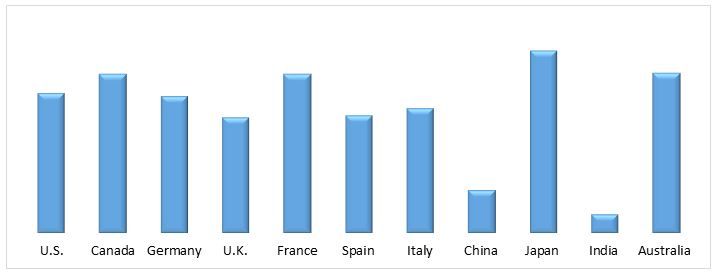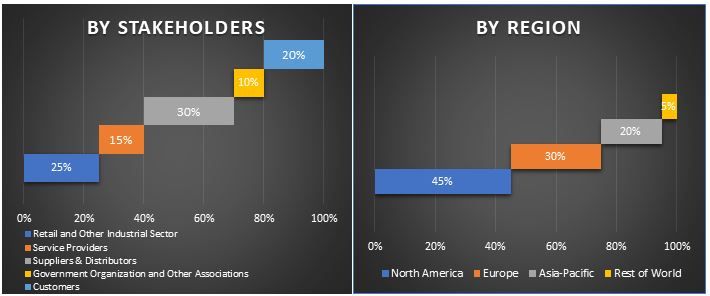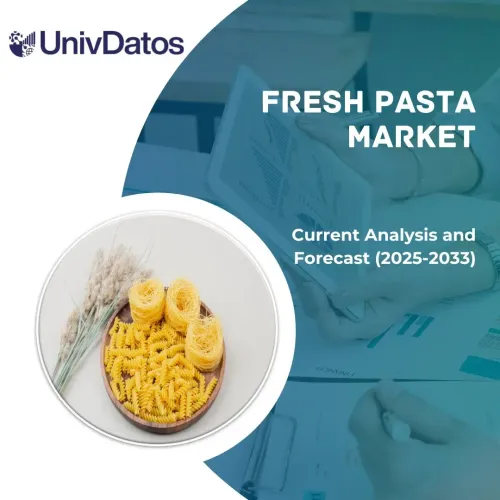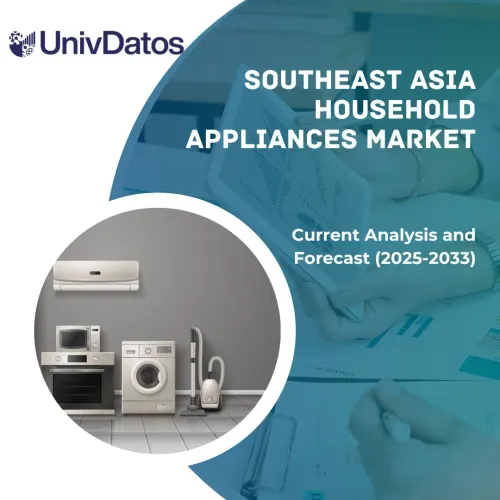- Home
- About Us
- Industry
- Services
- Reading
- Contact Us
Cloud Kitchen Market: Current Analysis and Forecast (2021-2027)
Emphasis on Type (Independent Cloud Kitchen, Commissary/Shared Kitchen, Kitchen Pods); Product Type (Burger/Sandwich, Pizza/Pasta, Chicken, Seafood, Mexican/Asian Food, Others); Nature (Franchised, Standalone); and Region & Country.
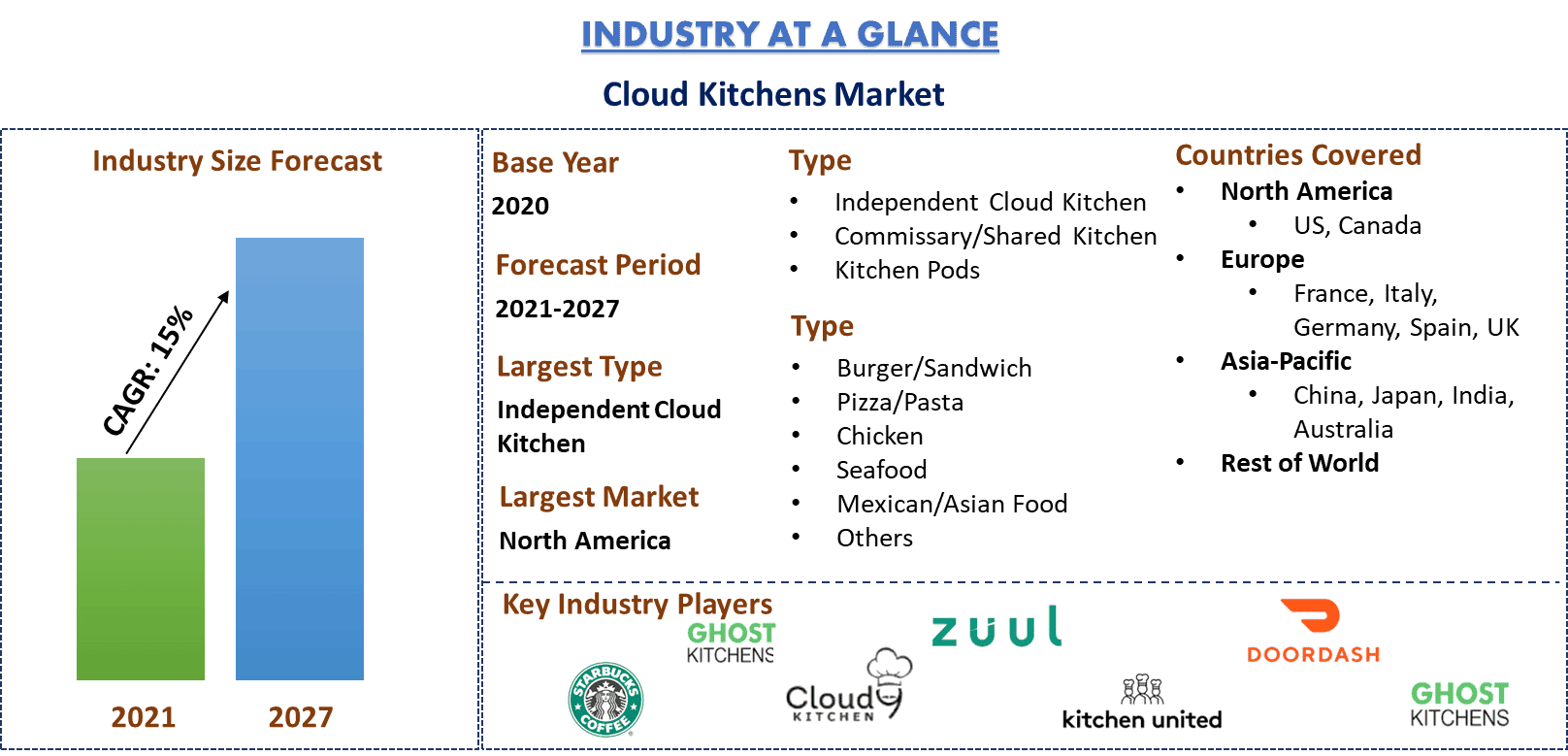
Cloud kitchens are delivery-only kitchens that can be owned by a brand or rented outlet to different brands. Brands that use cloud kitchens can run a virtual restaurant as well as a physical restaurant. Food delivery orders are taken through internet platforms or phone calls in this process. An increase in online delivery has boosted the market for cloud kitchens. Japan has the highest per capita spending on food that is USD 4417.5 per person followed by Australia, Canada, and France with per-person spending of USD 3,003.6, USD 2986.9, and USD 2983.4 respectively. The increased per capita spending of consumers on food has inclined them towards online food delivery. This has positively impacted the clouds kitchen market
Increased use of the internet is one of the driving factors for online delivery. Additionally, improved internet connectivity and security advances have increased the demand for home shopping and have boosted the market. According to International Telecommunication Union (ITU), an estimated 4.1 billion people are using the Internet in 2019, reflecting a 5.3% increase compared with 2018. According to Internet World Stats, in 2019 China, India, and United States were one of the top internet users across the globe with 854, 560, and 313 million users, respectively. Furthermore, cost-effectiveness and increase in the number of cell phone users is also driving the demand of Cloud Kitchens market.
The adoption of food delivery services is strongly linked to age. According to Market Force Information, 36% of US internet users ordered restaurant delivery recently, although the under-35 age group was the main force behind this. Younger users not only have a higher rate of adoption, but they also use delivery services more frequently. For instance: Grubhub purchased Tapingo, an on-demand food business, in an attempt to attract active Gen Z users.
Per Capita Consumers Spending on Food (USD), Worldwide, 2018
Kitchen United, Rebel Foods, Door Dash Kitchen, Zuul Kitchen, Keatz, Kitopi, Ghost Kitchen Orlando, Dahmakan, Starbucks (Star Kitchen), and Cloud Kitchen are some of the prominent players operating in the global Cloud Kitchens market. Several M&As along with partnerships have been undertaken by these players to facilitate customers with hi-tech and innovative products/services.
Insights Presented in the Report
“Amongst Type, Independent Cloud Kitchen segment holds the major share”
Based on type, the market is fragmented into Independent Cloud Kitchen, Commissary/Shared Kitchen, and Kitchen Pods. The independent cloud kitchen segment generated revenue of USD XX billion in 2020. The market is expected to grow at a CAGR of XX% during the forecast period to reach a market valuation of USD XX billion by 2027F owing to the due to rising global demand for exotic cuisines such as Thai and Chinese cuisine. For instance, the United States retail sales of exotic food increased from USD 11 billion in 2013 to USD 12.5 billion in 2018. This exotic food mostly included Mexican, Asian, and Italian cuisine.
“Amongst Product Type, Burger/Sandwich is anticipated to grow at the highest CAGR during the analyzed period”
Further based on product type, the market is fragmented into Burger/Sandwich, Pizza/Pasta, Chicken, Seafood, Mexican/Asian Food, and Others. The burger/sandwich segment generated revenue of USD XX billion in 2020. The market is expected to grow at a CAGR of XX% during the forecast period to reach a market valuation of USD XX billion by 2027F owing to its high demand among millennials and Gen Z consumers. For instance, McDonald’s had the highest brand value of USD 130.4 billion.
Amongst Nature, Franchised segment holds the major share”
Based on nature, the market is fragmented into Franchised and Standalone. The franchised segment grabbed the major market and dominated the market. The franchised segment generated revenue of USD XX billion in 2020. The trend of franchising is growing among stakeholders as it aids in business expansion and takes less cash, therefore stakeholders are more interested in franchising their cloud kitchens.
“North America signifies one of the largest markets of Cloud Kitchens Market”
For a better understanding of the market dynamics of the Cloud Kitchens market, a detailed analysis was conducted for different regions across the globe including North America (United States, Canada, and the Rest of North America), Europe (Germany, France, Italy, Spain, United Kingdom and Rest of Europe), Asia-Pacific (China, Japan, India, Australia, and Rest of APAC), Rest of World. North America dominated the market and generated revenue of USD XX billion owing to the increased consumer preferences for fast food. For instance, 36% of Americans eat fast food on the regular basis.
Reasons to buy this report:
- The study includes market sizing and forecasting analysis validated by authenticated key industry experts
- The report presents a quick review of overall industry performance at one glance
- The report covers an in-depth analysis of prominent industry peers with a primary focus on key business financials, product portfolio, expansion strategies, and recent developments
- Detailed examination of drivers, restraints, key trends, and opportunities prevailing in the industry
- The study comprehensively covers the market across different segments
- Deep dive regional level analysis of the industry
Customization Options:
Cloud Kitchens Market can further be customized as per the requirement or any other market segment. Besides this, UMI understands that you may have your own business needs, hence feel free to connect with us to get a report that completely suits your requirements.
Table of Content
Analyzing the historical market, estimation of the current market, and forecasting the future market of the Global Cloud Kitchens Market were the three major steps undertaken to create and analyze the adoption of Cloud Kitchens for ready-to-eat food across major regions globally. Exhaustive secondary research was conducted to collect the historical market numbers and estimate the current market size. Secondly, to validate these insights, numerous findings and assumptions were taken into consideration. Moreover, exhaustive primary interviews were also conducted, with industry experts across the value chain of the Cloud Kitchens sector. Post assumption and validation of market numbers through primary interviews, we employed a top-down/bottom-up approach to forecast the complete market size. Thereafter, market breakdown and data triangulation methods were adopted to estimate and analyze the market size of segments and sub-segments the industry pertains to. Detailed methodology is explained below:
Analysis of Historical Market Size
Step 1: In-Depth Study of Secondary Sources:
Detailed secondary study was conducted to obtain the historical market size of the Cloud Kitchens through company internal sources such as annual report & financial statements, performance presentations, press releases, etc., and external sources including journals, news & articles, government publications, competitor publications, sector reports, third-party database, and other credible publications.
Step 2: Market Segmentation:
After obtaining the historical market size of the Cloud Kitchens market, we conducted a detailed secondary analysis to gather historical market insights and share for different segments for major regions. Major segments included in the report are type, product type and nature. Further country-level analyses were conducted to evaluate the overall adoption of Cloud Kitchens in every region.
Step 3: Factor Analysis:
After acquiring the historical market size of different segments and sub-segments, we conducted a detailed factor analysis to estimate the current market size of Cloud Kitchens. Further, we conducted factor analysis using dependent and independent variables such as rise in internet penetration and adoption of online food delivery. A thorough analysis was conducted for demand and supply-side scenario considering top partnerships, merger and acquisition, business expansion, and product launches in the Cloud Kitchens industry across the globe.
Current Market Size Estimate & Forecast
Current Market Sizing: Based on actionable insights from the above 3 steps, we arrived at the current market size, key players in the Cloud Kitchens market, and market shares of the segments. All the required percentage shares split, and market breakdowns were determined using the above-mentioned secondary approach and were verified through primary interviews.
Estimation & Forecasting: For market estimation and forecast, weights were assigned to different factors including drivers & trends, restraints, and opportunities available for the stakeholders. After analyzing these factors, relevant forecasting techniques i.e. top-down/bottom-up approach was applied to arrive at the market forecast about 2027 for different segments and subsegments across the major markets globally. The research methodology adopted to estimate the market size encompasses:
- The industry’s market size, in terms of value (USD) and the adoption rate of clouds kitchen across the major markets domestically
- All percentage shares, splits, and breakdowns of market segments and sub-segments
- Key players in the Cloud Kitchens market in terms of services offered. Also, the growth strategies adopted by these players to compete in the fast-growing market
Market Size and Share Validation
Primary Research: In-depth interviews were conducted with the Key Opinion Leaders (KOLs) including Top Level Executives (CXO/VPs, Sales Head, Marketing Head, Operational Head, and Regional Head, Country Head, etc.) across major regions. Primary research findings were then summarized, and statistical analysis was performed to prove the stated hypothesis. Inputs from primary research were consolidated with secondary findings, hence turning information into actionable insights.
Split of Primary Participants in Different Regions
Market Engineering
Data triangulation technique was employed to complete the overall market estimation and to arrive at precise statistical numbers of each segment and sub-segment of the Cloud Kitchens market. Data was split into several segments & sub-segments post studying various parameters and trends in the areas of type, product type, and nature, of the Cloud Kitchen market.
Main Objective of the Cloud Kitchens Market Study
The current & future market trends of Cloud Kitchens were pinpointed in the study. Investors can gain strategic insights to base their discretion for investments from the qualitative and quantitative analysis performed in the study. Current and future market trends were determined the overall attractiveness of the market at a regional level, providing a platform for the industrial participant to exploit the untapped market to benefit as a first-mover advantage. Other quantitative goals of the studies include:
- Analyze the current and forecast market size of Cloud Kitchens in terms of value (USD). Also, analyze the current and forecast market size of different segments and sub-segments
- Segments in the study include areas of type, product type, and nature
- Define and analysis of the regulatory framework for the Cloud Kitchens industry
- Analyze the value chain involved with the presence of various intermediaries, along with analyzing customer and competitor behaviors of the industry
- Analyze the current and forecast market size of the Cloud Kitchens market for the major region
- Major regions studied in the report include North America (the United States and Canada), Europe (Germany, France, Italy, Spain, and United Kingdom), Asia-Pacific (China, Japan, India and Australia), and the Rest of World
- Company profiles of the Cloud Kitchens market and the growth strategies adopted by the market players to sustain in the fast-growing market
- Deep dive regional level analysis of the industry
Related Reports
Customers who bought this item also bought

